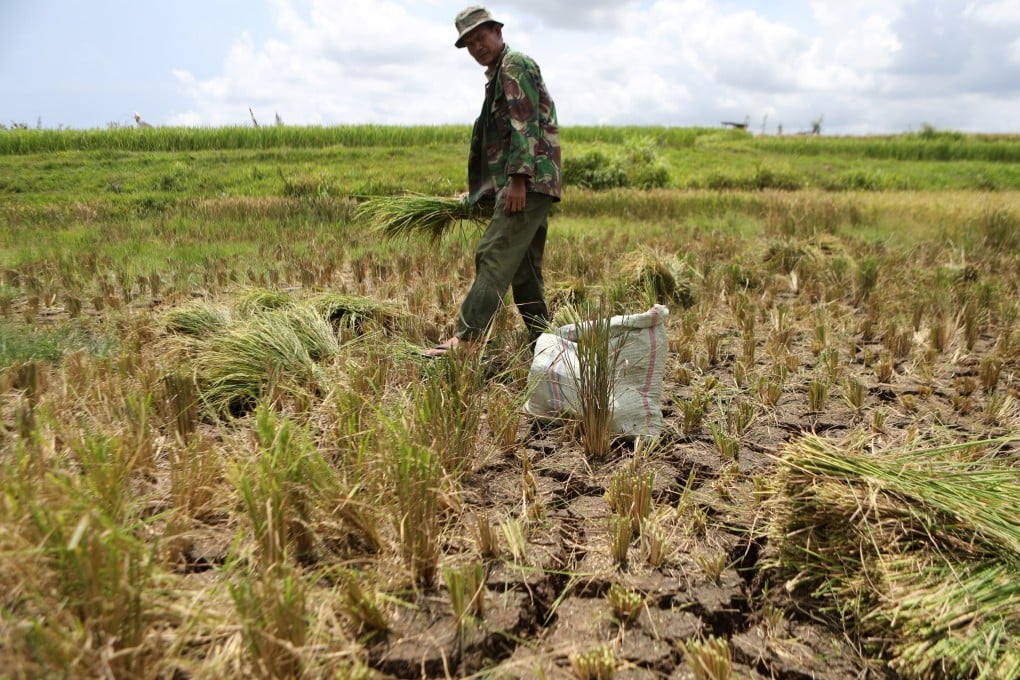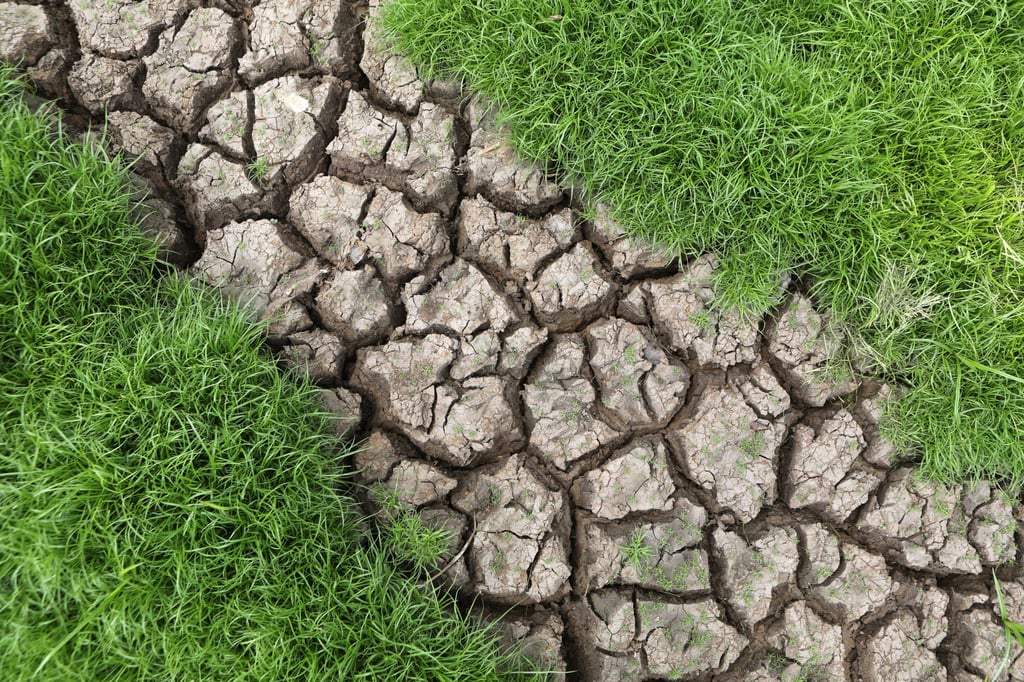Southeast Asian rice farmers brace for El Nino’s wrath as crops wither: ‘we’re on our own’
- As erratic weather threatens the paddy providing Asia with its staple food, governments have rushed to support growers and consumers with subsidies and stockpiles
- But farmers say that more than handouts alone will be needed to help them with agricultural modernisation and managing climate risks

Indonesian rice farmer Mudzakir expects to lose several tonnes of grain when he harvests later this year, as stems wither across his hardened fields in East Java.
In good years, farmers in his group harvest at least six to seven tonnes of rice for each hectare of their farmland, but with their regency of Probolinggo gripped by unseasonal drought, Mudzakir, who like many Indonesians goes by one name, is ready for the worst.
“Due to the water crisis, many plants have died and agricultural production has decreased,” he said, sharing videos taken last week of baked brown earth. At most, he and his fellow farmers only produced five tonnes of rice per hectare so far this year.
“This has become a question of our livelihood as farmers,” he said. “How many loans can we afford to take from the bank in one year?”

The weather pattern supercharges typhoons, warms seas and brings pests, droughts and deluges to growers in the continent already living on the edge of the climate crisis.

